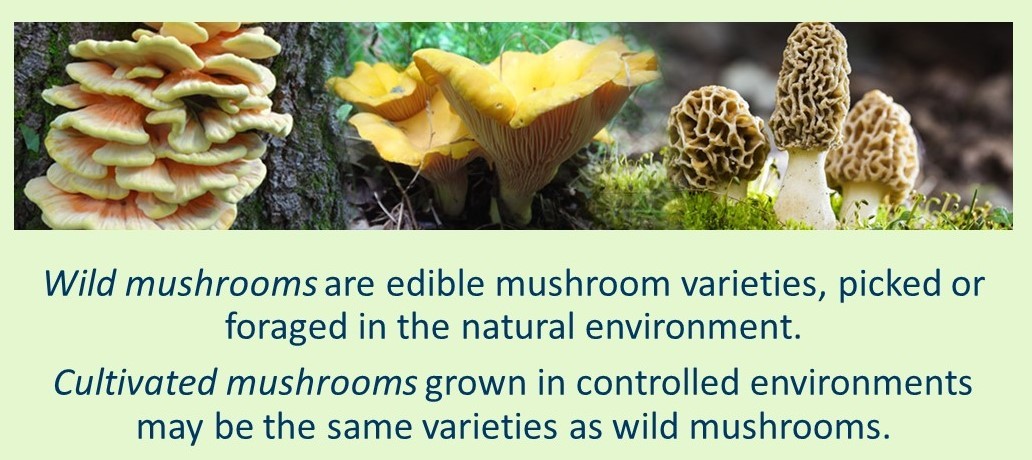|
View this as a webpage
View past Updates via RSS Feed
May 17, 2019
Note from the Editor
This issue of the PWDU-FSP Update contains the first article in our second Rules in Brief series. We began last fall, with the goal of providing context and improving understanding of the 20 major changes to the Minnesota food code.
Since the new rule went into effect on Jan. 1, we've fielded calls from folks throughout Minnesota about additional areas of the food code people have questions about. Our Food Safety Partnership video-conference meeting on March 13 included a Q&A session with food safety experts from MDH and MDA, answering some of these questions.
Now we are following up on these topics once more, and providing another series of Rules in Brief articles. These short articles are your source to learn about:
- What has changed?
- How does the new rule protect the public’s health?
- How can retail food establishment operators meet the requirements?
Sarah and the PWDU team
Purchase wild mushrooms from certified harvesters
Retail food establishments in Minnesota who serve wild mushrooms must purchase them from a certified mushroom harvester. A certified mushroom harvester is someone who is qualified to forage and sell wild mushrooms to food establishments.
 Photo credit: John Lamprecht
On Jan. 1, Minnesota food code requirements for wild mushrooms in retail food establishments changed. In order to legally sell wild mushrooms to retail food establishments in Minnesota, mushroom identification experts must:
- Complete a mushroom identification course which meets specific requirements.
- Approved training is offered through the Minnesota Mycological Society. Training through other states’ mycological societies or an accredited college or university would also be accepted.
- Training must include a component of actual identification of physical specimens of mushroom species.
- Obtain documentation certifying successful completion of the approved course. The mushroom species covered in the course must be included in the documentation.
- File documentation with the Minnesota Department of Agriculture (MDA) (Wild Mushroom Harvester Registration).
Approved source for wild mushrooms is a certified mushroom harvester
Obtaining food products, including wild mushrooms, from approved sources is the first step in ensuring safe food for your customers.
- The biggest risk related to foraging and using wild mushrooms comes from misidentifying the type or variety of mushroom.
- It is difficult to distinguish between wild mushrooms that are poisonous and those that are safe to eat.
- Mushroom poisoning may cause mild to severe illness, or death.
Ensuring foragers properly identify wild mushrooms is the best way to prevent poisoning from mushrooms. Food establishment operators who purchase wild mushrooms from a certified harvester can be assured they are buying from someone who has experience identifying physical specimens of the specific mushroom variety offered for sale.
Verify your supplier is a certified wild mushroom harvester
Before accepting wild mushrooms, retail food establishment operators in Minnesota must verify that the supplier is a certified wild mushroom harvester. The MDA has two ways you can verify your supplier:
- Check the online Certified Wild Mushroom Harvester Database. The database lists name, phone number, city/state, and species the certified harvester has been trained to identify. Where the database indicates “unspecified” species, that person’s documentation does not specify the species covered.
- Email Lennea.Whitmer@state.mn.us or call 651-539-3641
 . Contact Lennea if you don’t find your supplier in the database. . Contact Lennea if you don’t find your supplier in the database.
Consumer advisory
If you serve wild mushrooms in your retail food establishment, you must use a Consumer Advisory. The disclosure must include the statement “Wild mushrooms are not an inspected product and are harvested from a non-inspected site.” Contact your inspector for help developing procedures that comply with consumer advisory requirements.
Record-keeping for buyers
If you purchase wild mushrooms from a certified wild mushroom harvester, maintain a written buyer specification for 90 days.
The record must include:
- Identification of mushroom species by scientific and common name.
- Date of sale.
- Quantity by weight, fresh or dried, of each species sold.
- Statement indicating that each mushroom was identified in its fresh state.
- Name, address, and telephone number of the mushroom harvester.
- Verification that the seller is listed on the MDA’s registry of wild mushroom harvesters.
Learn more about wild mushroom safety
|